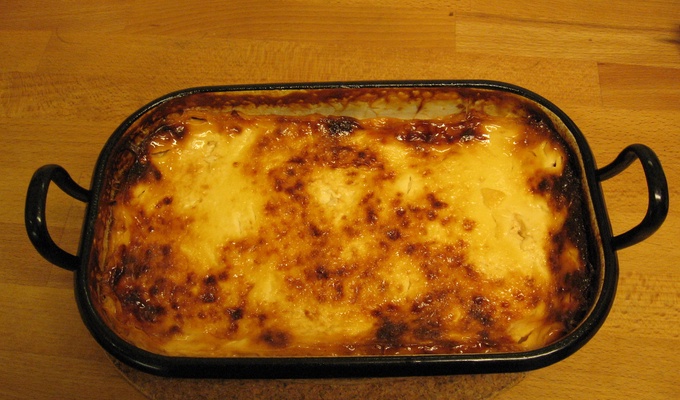Found 94 results.

Enzymes from the stomachs of calves, used in cheese production
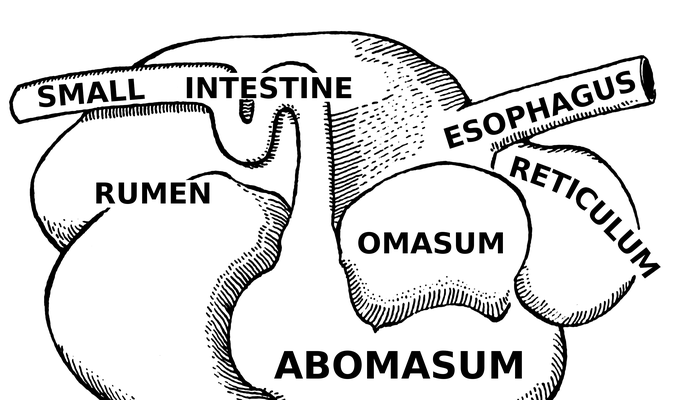
Fourth and final stomach of grass-eating animal
Cuisine of the American states of New York, New Jersey, Pennsylvania, Delaware and Maryland
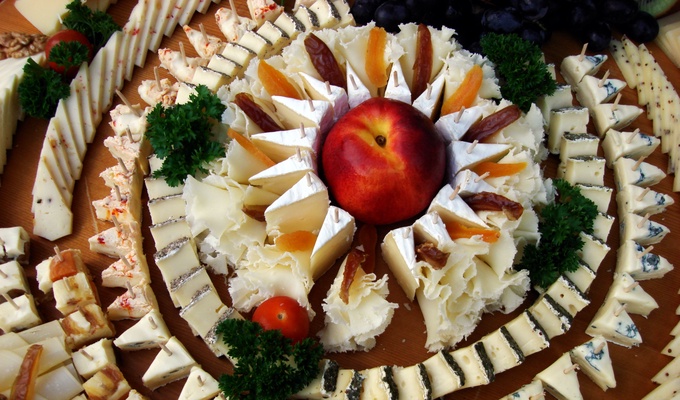
yellow or white, creamy or solid food made from the pressed curds of milk
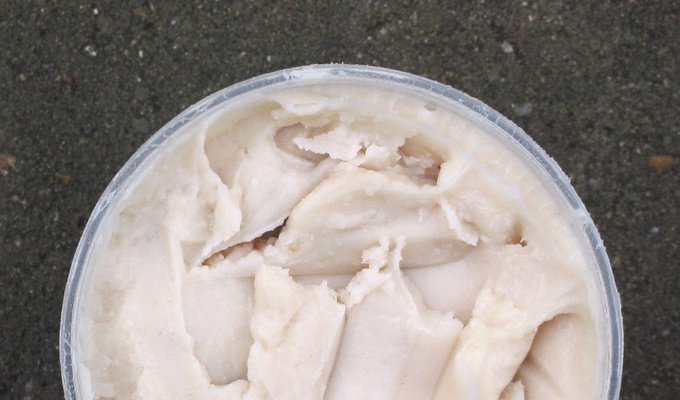
Fats and oils which are derived from animals
Domiatiar-eg
Soft white salty cheese made primarily in Egypt
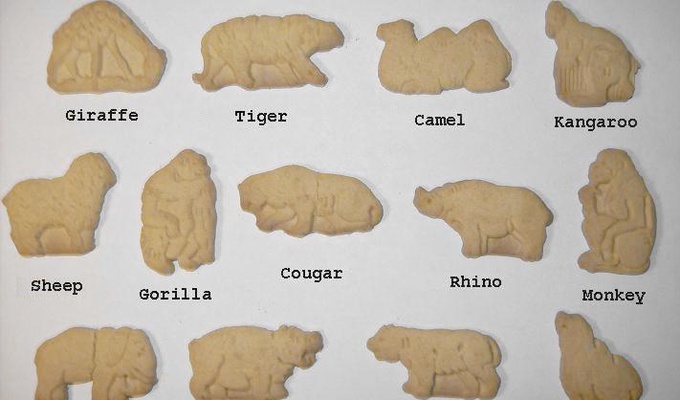
cookie baked in the shape of an animal
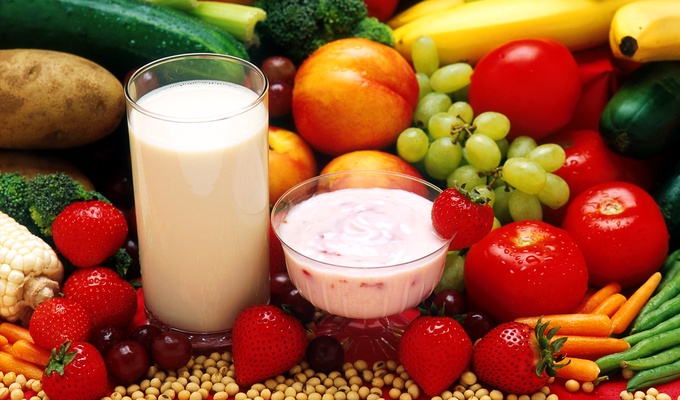
practice of abstaining from the consumption of meat
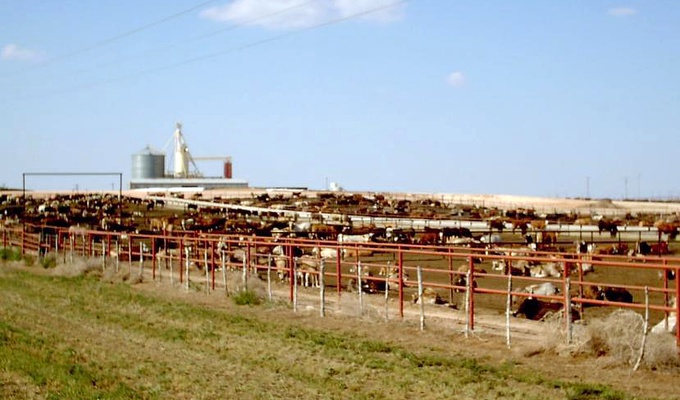
Food for animals
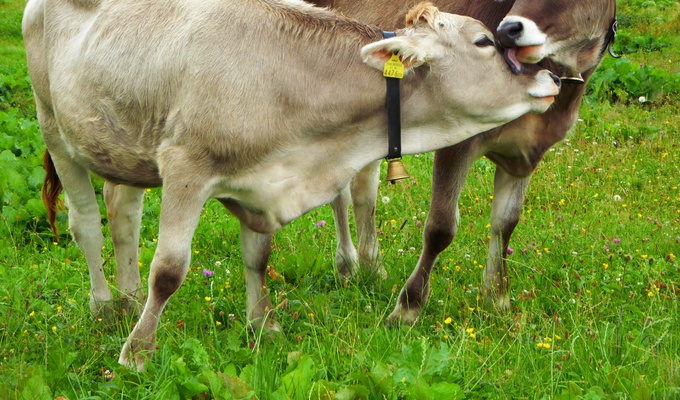
domesticated animals raised in an agricultural setting to produce commodities such as food, fiber and labor
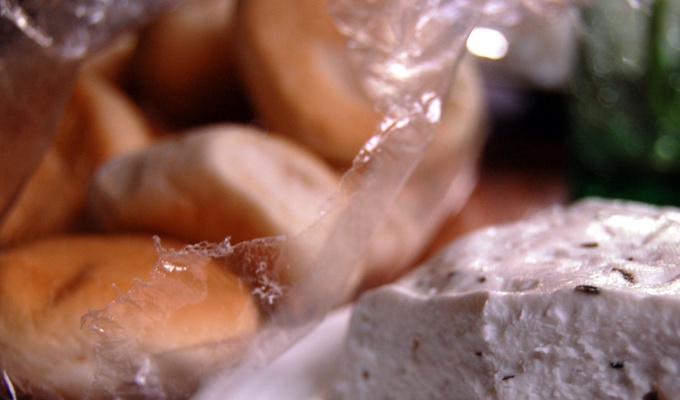
Kesong putifil
Filipino soft water buffalo cheese
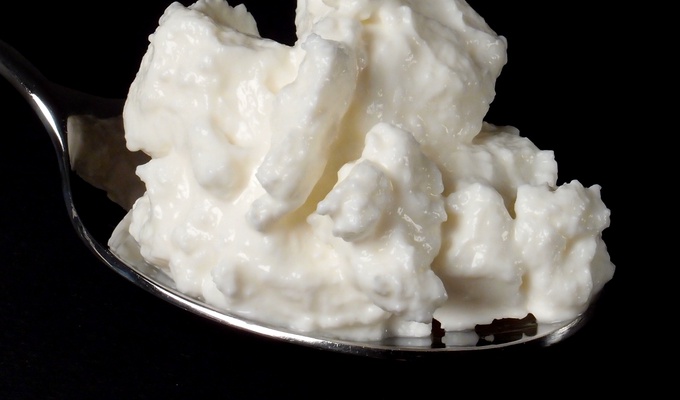
Fresh acid-set cheese, popular in Central and Eastern Europe

animal flesh eaten as food
Reaction of fats with oxygen, leading to off flavors and odors
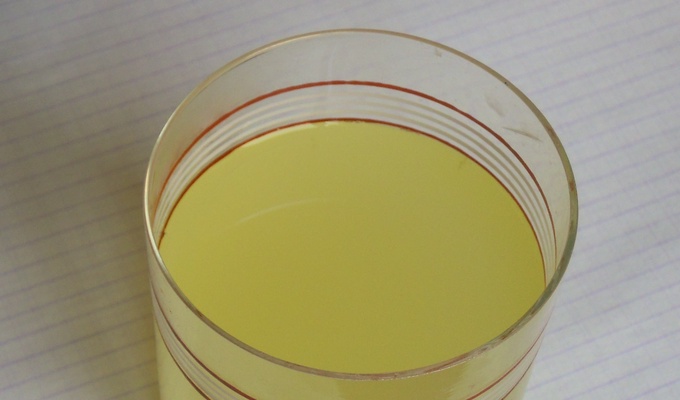
liquid remaining after milk has been curdled and strained
scottish cheese
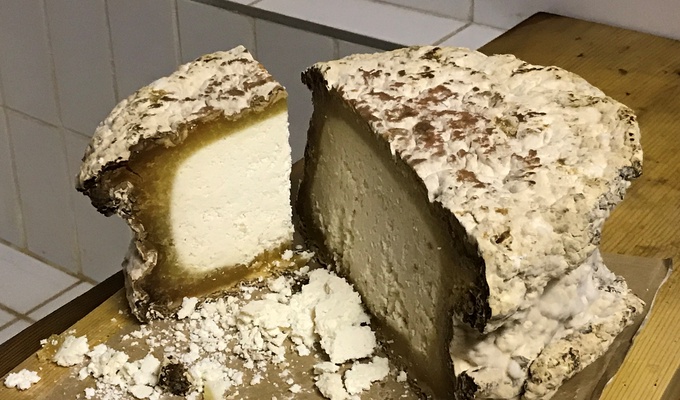
trademark
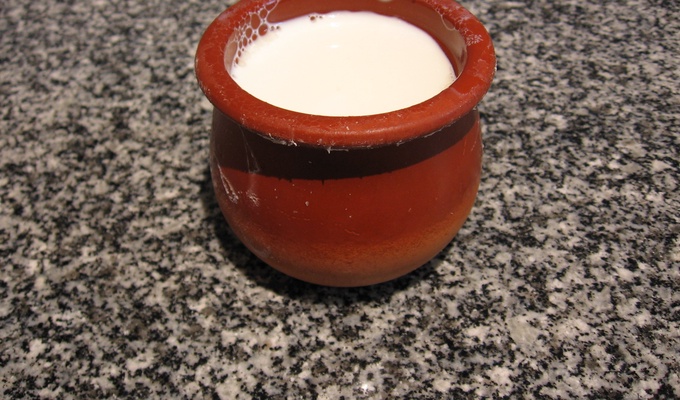
Cuajadaes
Spanish and Latin American fresh cheese
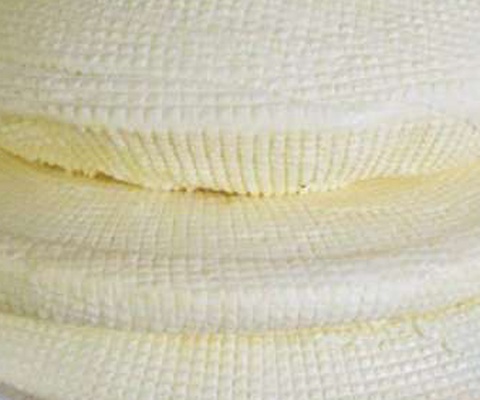
Cows' milk cheese from Paraguay
traditional Italian pasta dish

Cheese from the Italian island of Sardinia
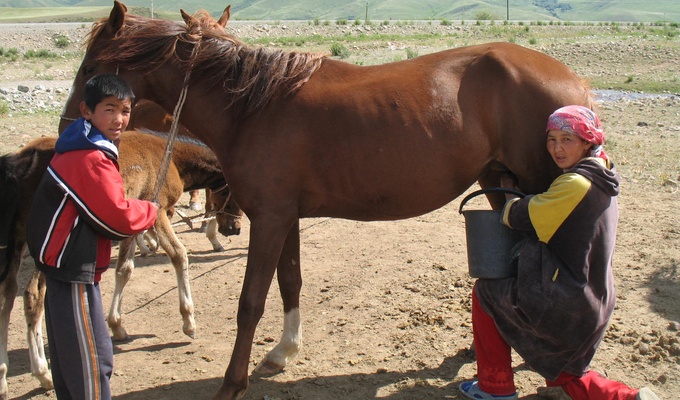
milk produced by female horses

Cheeses made by milk coagulation and whey separation, with minimal aging
family name

Dairy proteins separated during cheesemaking
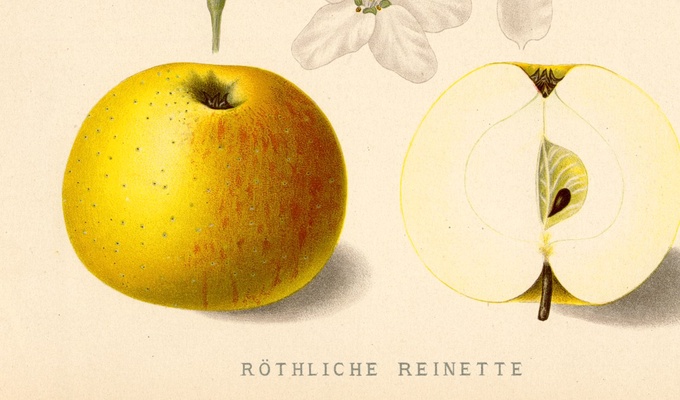
any of several apple cultivars
conversion of waste animal material into usable items
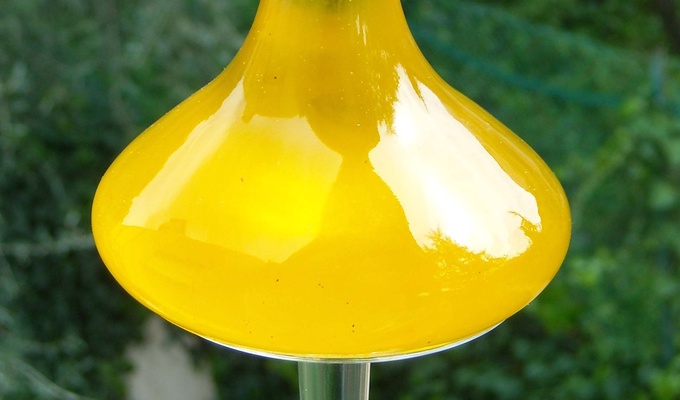
Fats liquid at room temperature, from vegetable or animal origin
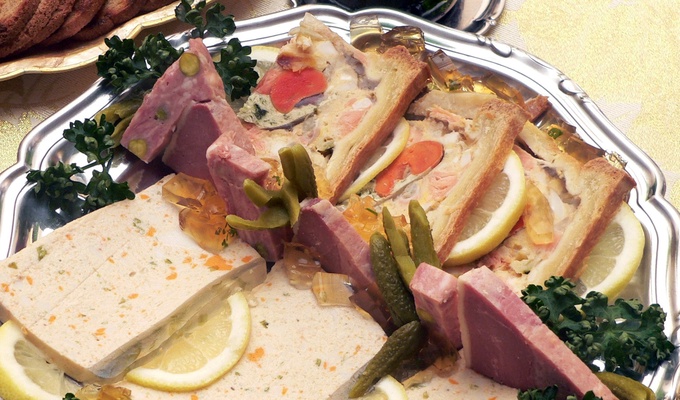
Internal organs and entrails of a butchered animal
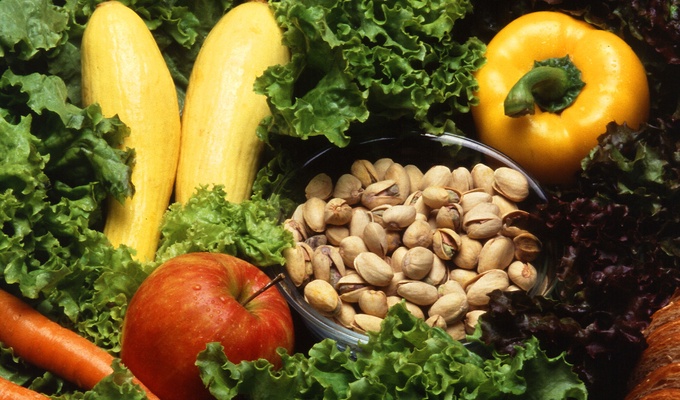
food not including meat and animal tissue products
Species of oats used for animal forage

Cut of beef steak from the upper belly
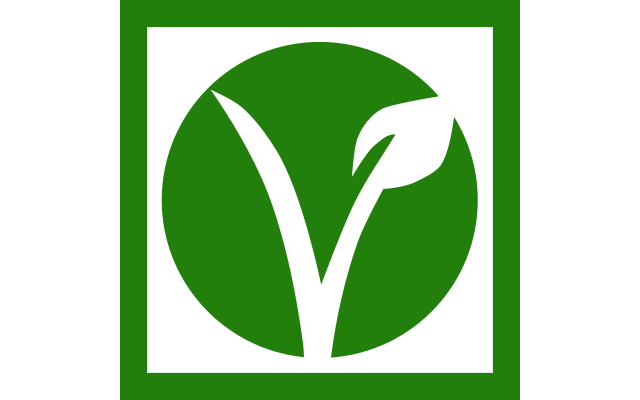
way of life and diet that rejects the use of animals and their by-products
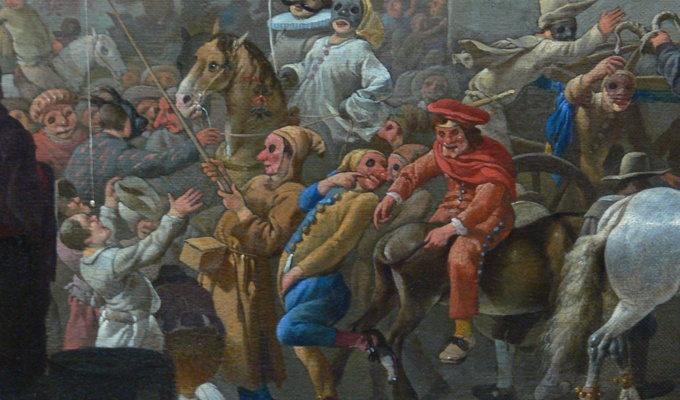
festive season which occurs immediately before Lent

way of life and diet that rejects the use of animals and their by-products
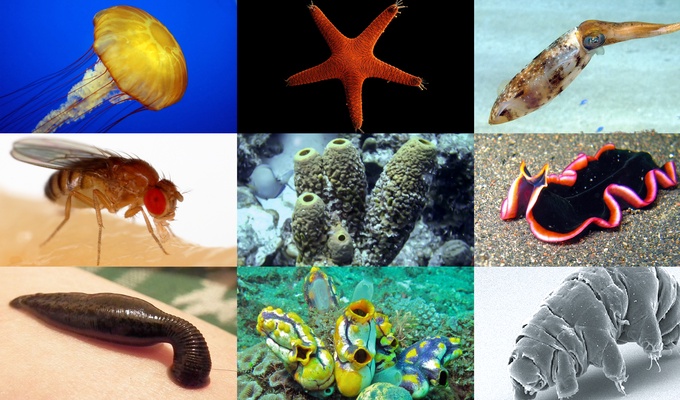
Animal without a vertebral column, including insects and shellfish
Removal of testicles from male animal
Tibetan fried animal lung
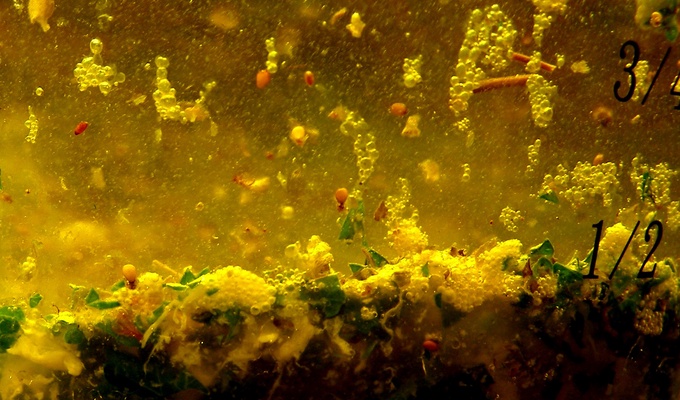
animal fat from domestic chicken
Section of a beef animal
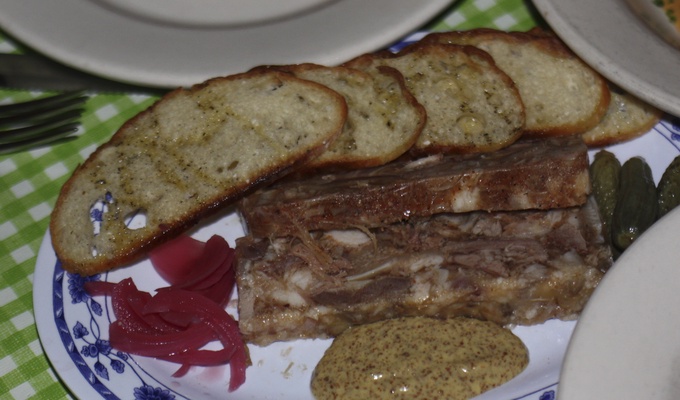
Cold dish of meat from the head of an animal preserved in aspic
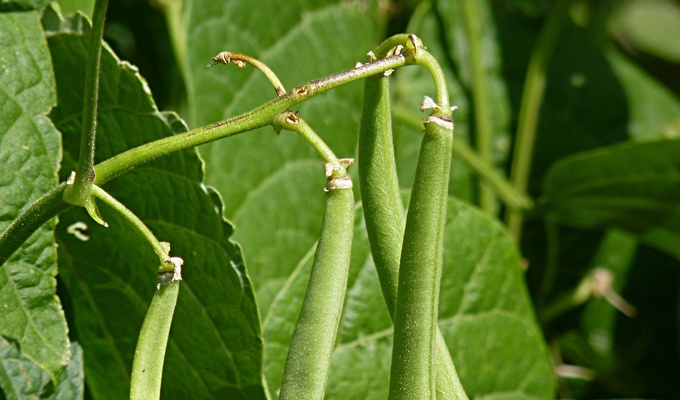
seed of one of several genera of the flowering plant family Fabaceae, which are used for human or animal food
Large section of animal prior to butchering
Fried animal skin
Animal fat contained within muscles
Class of vertebrate animals, including turtles, crocodiles, lizards, and snakes
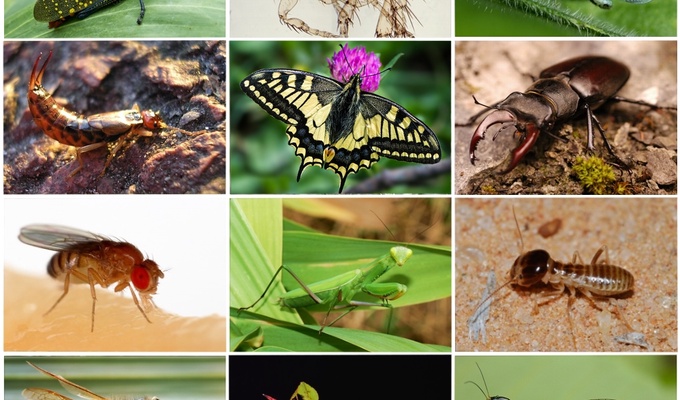
Six-legged invertebrate animals
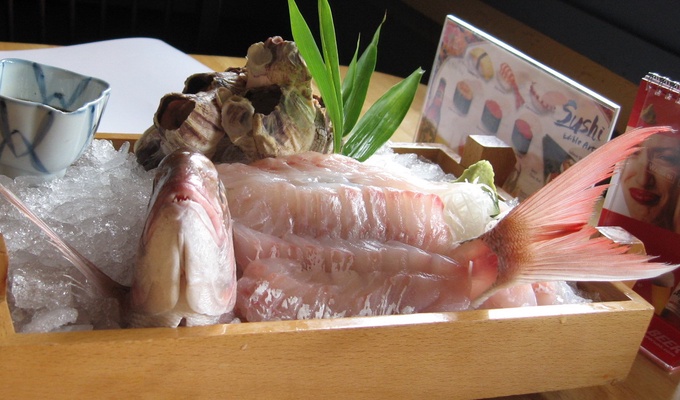
Ikizukurijp-ro
preparing sashimi from live seafood

extracted from seeds, or less often, from other parts of fruits
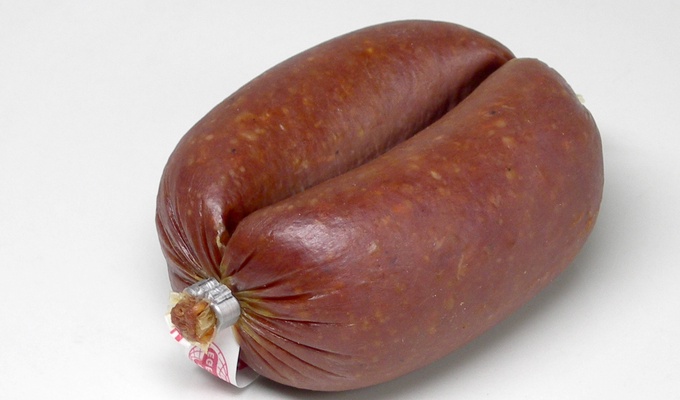
Turkish sausage produced in the region from the Balkans to the Middle East and Central Asia
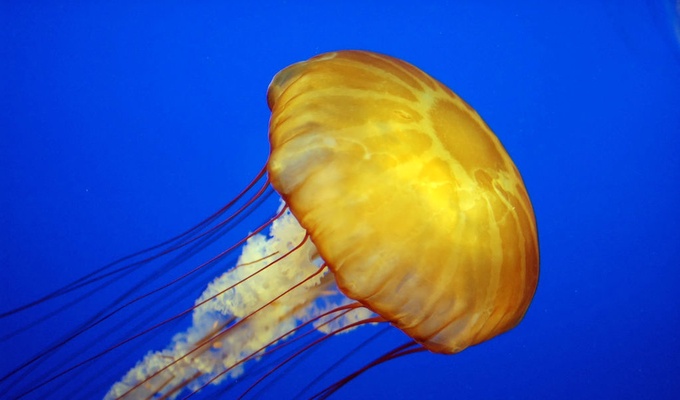
soft-bodied, aquatic invertebrates
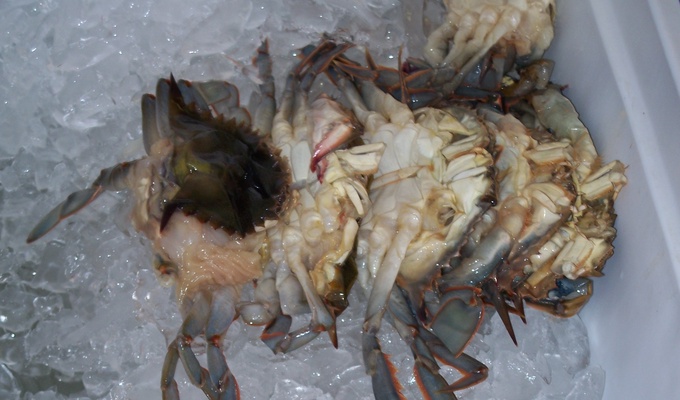
culinary term for molted crabs
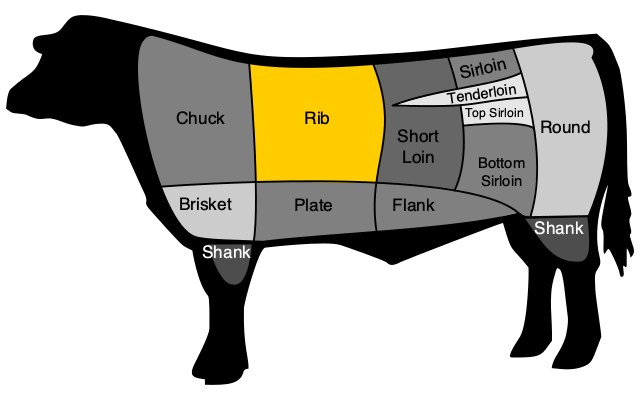
cut of beef sliced from the rib primal of cattle, with rib bone attached
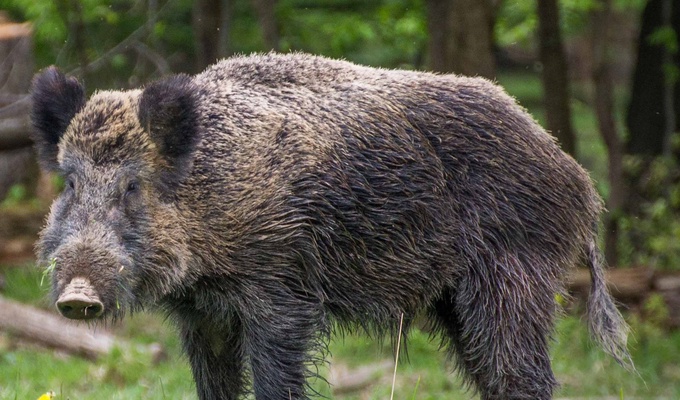
omnivore species of mammal
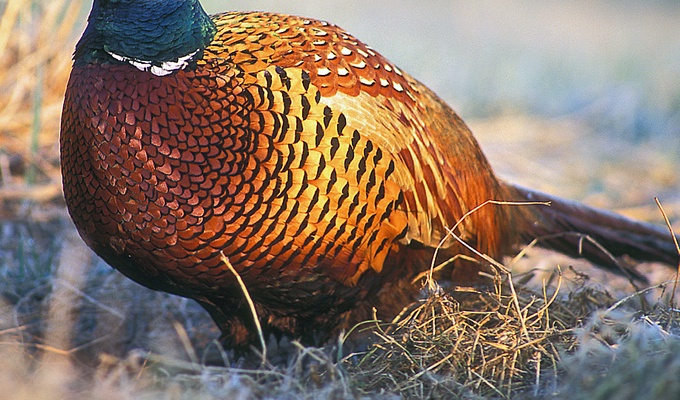
Wild animals taken through hunting, as food
deer meat
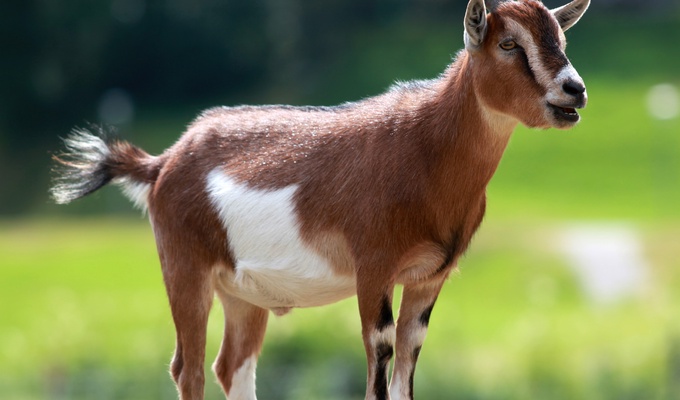
Domesticated mammal raised primarily for its milk

Turkish sausage produced in the region from the Balkans to the Middle East and Central Asia
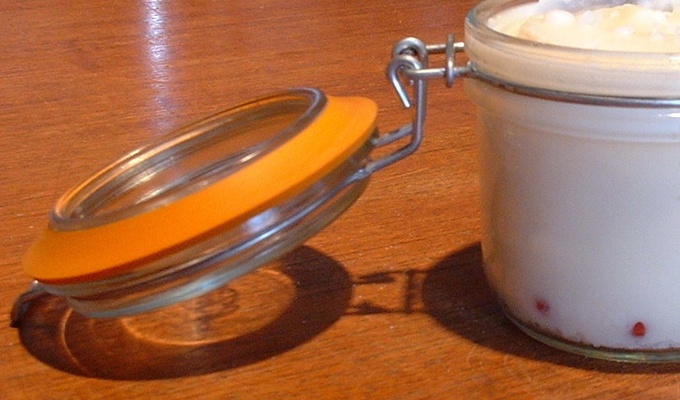
rendered form of beef or mutton fat, processed from suet
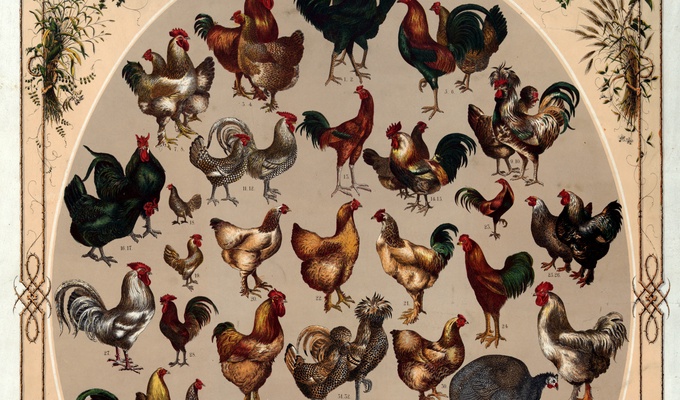
domesticated birds kept by humans for their eggs, meat, or feathers
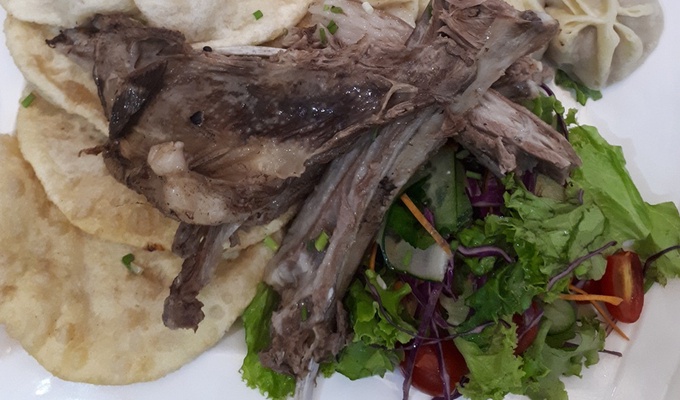
Culinary traditions of Mongolia
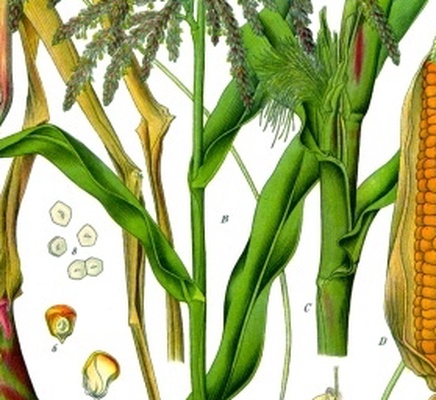
Grass cereal grain cultivated as a food crop
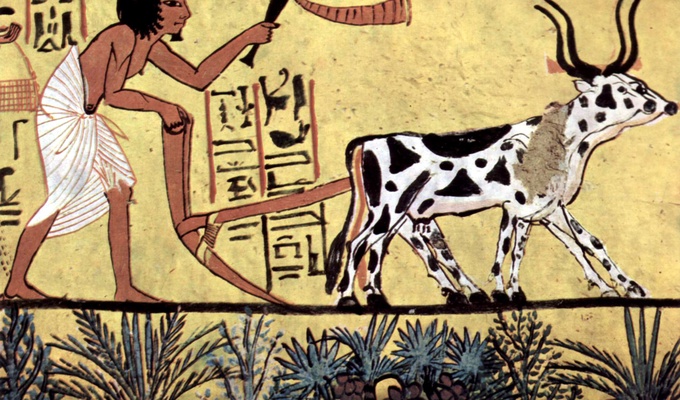
cultivation of plants and animals to provide useful products
Jewish dietary laws
Dietary fat, associated with beneficial health effects

Chemical form of fats in the body and the diet
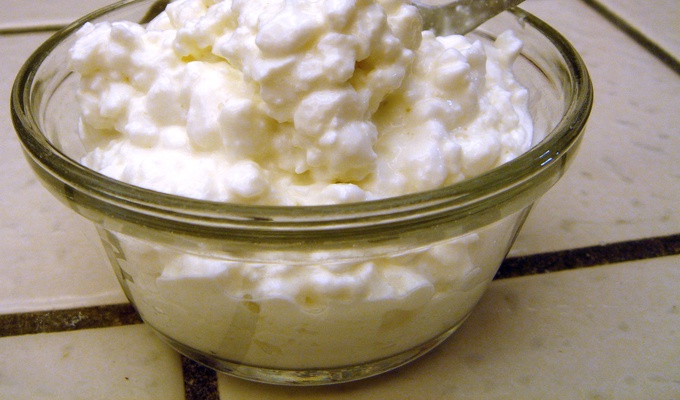
Cheese made from skim milk, lactic bacteria and rennet
Enzyme present in rennet
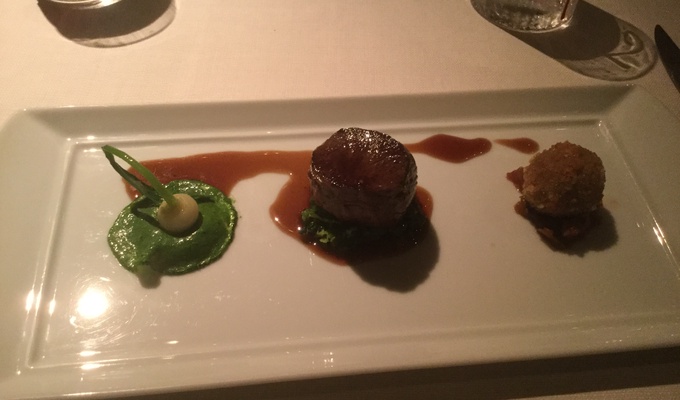
Scottish cheese
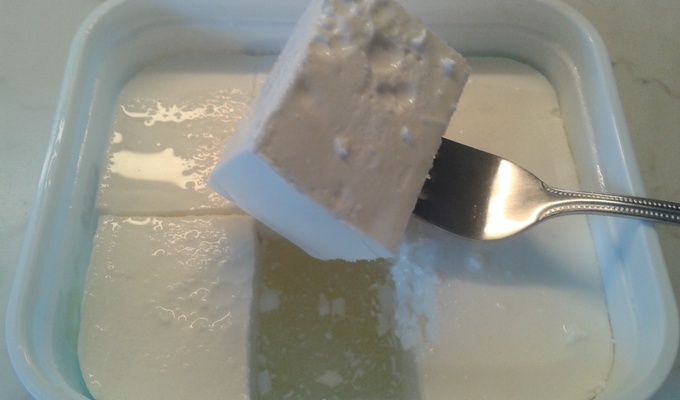
Turkish white cheese, made from unpasteurized milk
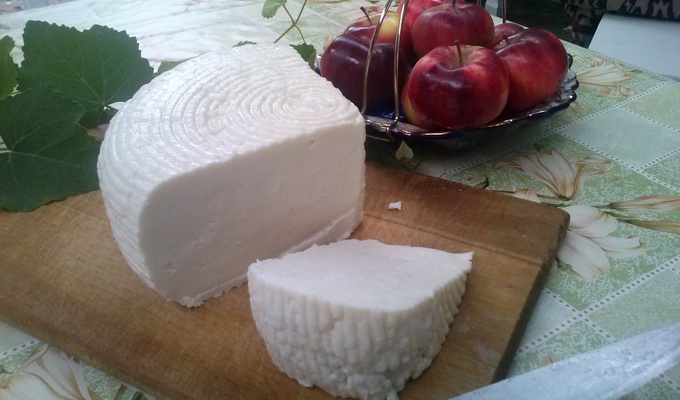
Cheese from the North Caucasus
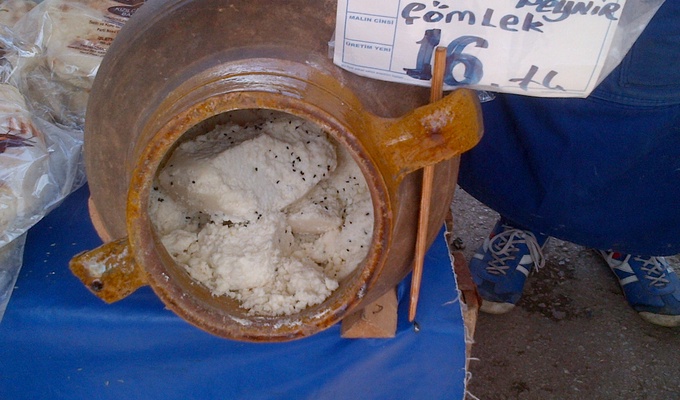
Turkish cheese aged in clay pots
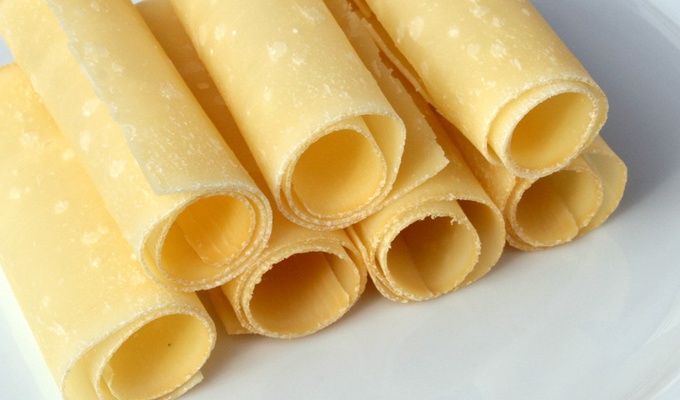
type of Swiss cheese
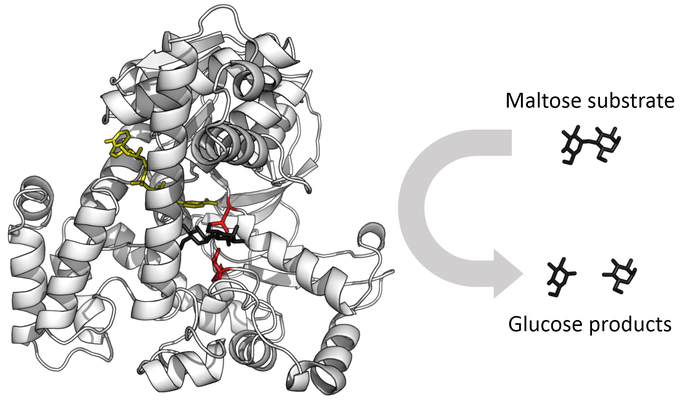
large biological molecule that acts as a catalyst
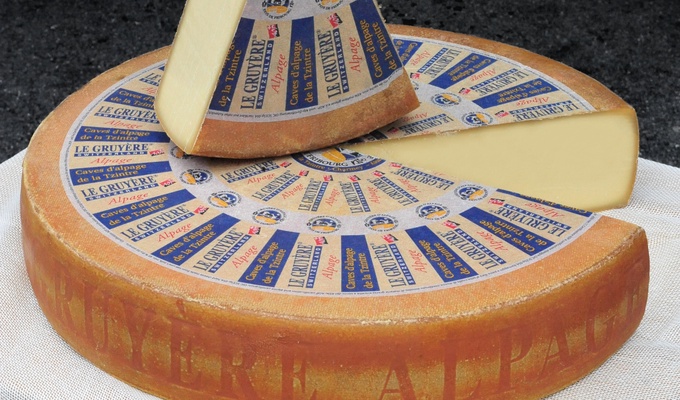
Semi-hard Swiss cow's milk cheese, with complex nutty flavor

type of food
Process of protein solidification
Category node for animals
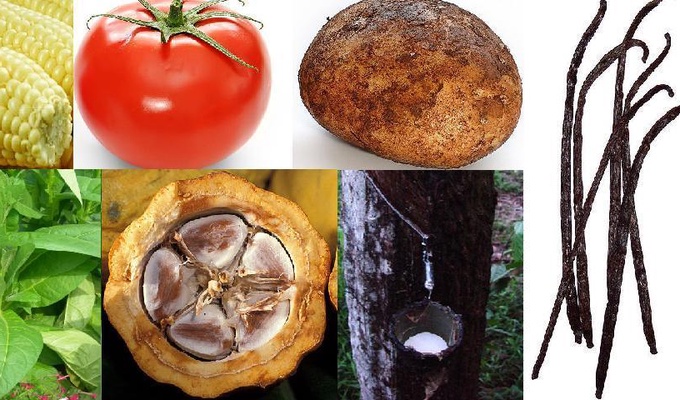
Plant or animal product grown and harvested for food
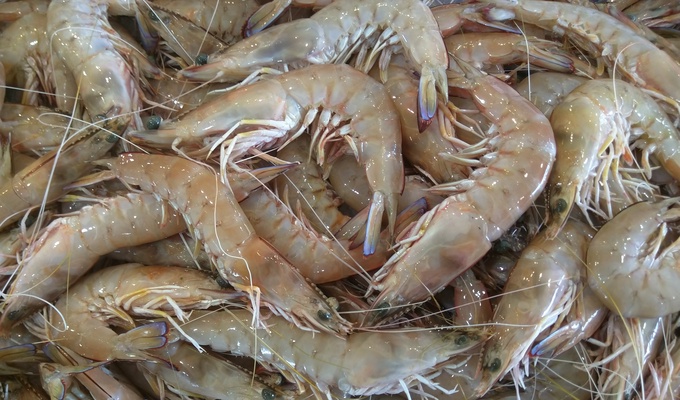
Gambases
animal marino
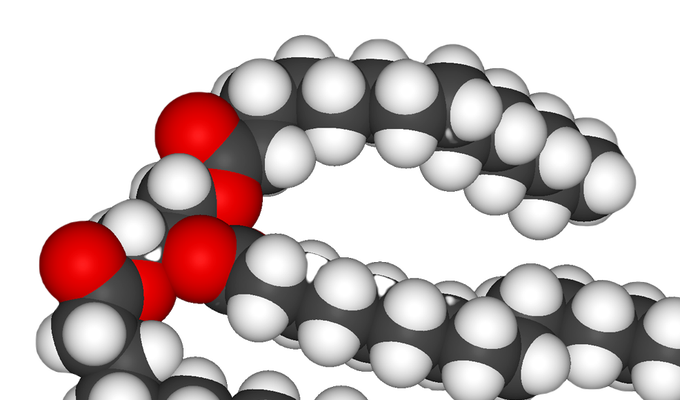
Any triglyceride molecule found in foods, including oils and animal fats
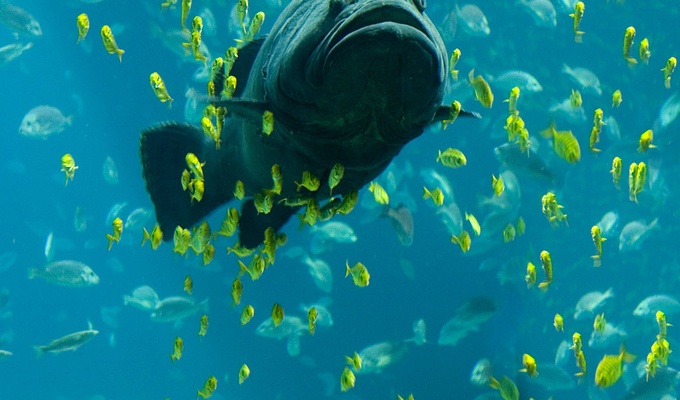
Vertebrate animal that lives in water

common bovine draft and riding animal
the lungs of an animal used in cooking
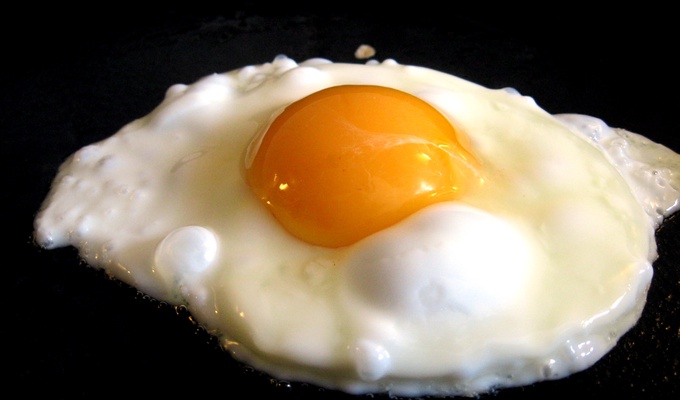
Reproductive body of bird or other animal
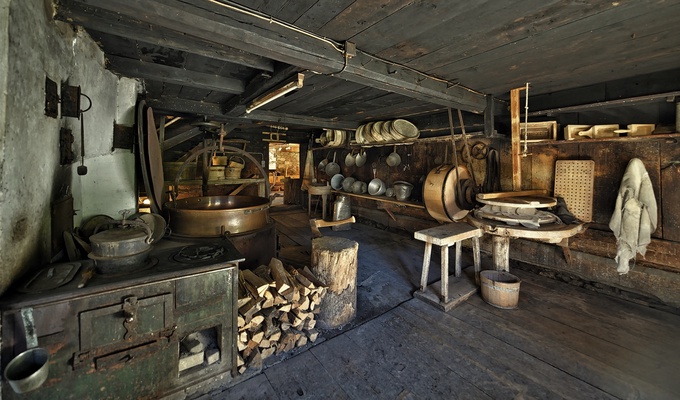
business enterprise established for the processing of animal milk
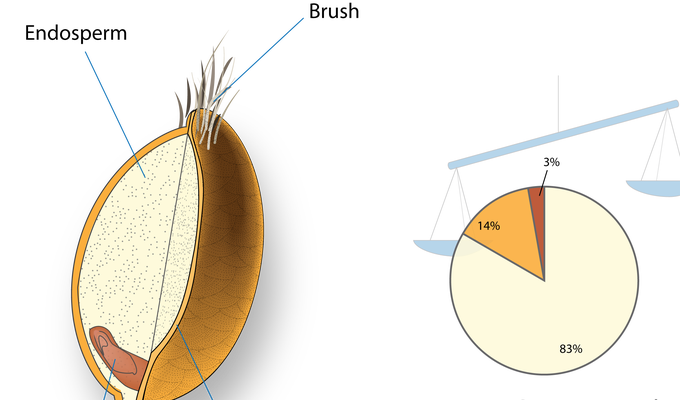
tissue produced inside the seeds of most flowering plants
Class of vertebrate animals including frogs, toads, newts, and salamanders
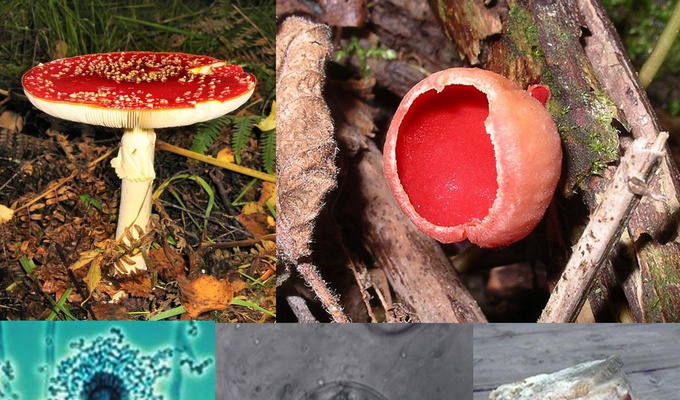
Kingdom of organisms including mushrooms and yeasts
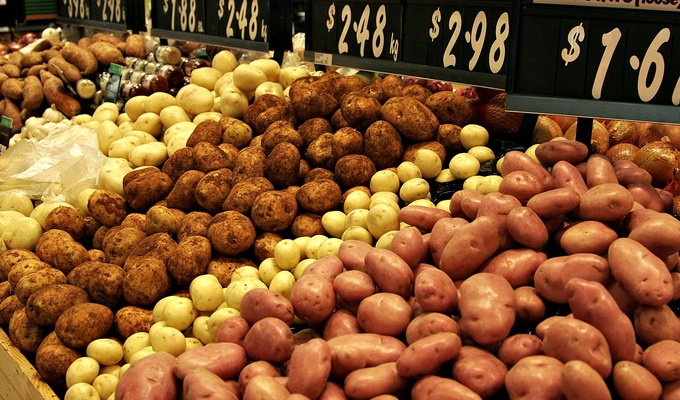
Food that is eaten routinely, and considered a dominant portion of a standard diet
